As a developer, having a well-configured Linux environment is key for efficient coding. This guide will show you how to set up a strong Linux development environment. We’ll cover installing the operating system and customizing your workspace for better productivity.
If you’re new to Linux or a seasoned user, this article has you covered. It will give you the knowledge and steps to get your Linux development environment ready. From the benefits of Linux for development to installing essential packages, we’ve got you covered.
Key Takeaways
- Understand the advantages of using Linux for software development
- Learn how to install Linux on a virtual machine or dual-boot your system
- Discover essential tools and packages to enhance your Linux development workflow
- Customize your Linux environment with text editors, terminal settings, and development-focused tools
- Troubleshoot common issues and maintain your Linux development setup
Introduction to Linux Development Environment
Choosing the right operating system is crucial for developers. Linux, known for its openness and customization, is a top pick for many. We’ll look at why Linux is great for development and how to set it up.
Benefits of Using Linux for Development
Linux is a favorite among developers for many reasons. It’s perfect for linux os for programming. Here are some key benefits:
- Customizability: Linux lets developers customize their environment to fit their needs, improving performance and workflow.
- Vast ecosystem of open-source tools: Linux has a wide range of development tools, libraries, and frameworks, many of which are free and powerful.
- Stability and security: Linux is known for its stability, reliability, and strong security features, crucial for development.
- Cross-platform compatibility: Linux supports many programming languages and can be easily integrated with various tools and platforms.
Overview of the Setup Process
There are two main ways to set up a linux development environment:
- Installing Linux on a virtual machine: This lets you create a Linux environment within your current system. It’s great for testing without affecting your main system.
- Dual-booting Linux with an existing operating system: This involves dividing your hard drive to run both Linux and your current OS. It lets you switch between them easily.
Both methods offer great linux benefits for developers. They help you create a productive development environment.
Installing Linux on a Virtual Machine
Want to try Linux without changing your main operating system? Installing Linux on a virtual machine is a great choice. We’ll show you how to download and set up a virtual machine with VirtualBox. Then, we’ll guide you through installing Ubuntu Linux.
Downloading and Installing VirtualBox
First, go to the VirtualBox website and download the right version for your system. After downloading, install VirtualBox by following the instructions on your screen. This free software lets you run Linux alongside your current system in a virtual environment.
Creating a Virtual Machine for Ubuntu
Launch VirtualBox and click “New” to make a new virtual machine. Choose “Ubuntu” as your operating system and pick how much RAM you want. Then, create a new virtual hard disk and choose its size based on your needs.
Installing Ubuntu on the Virtual Machine
Now, install Ubuntu Linux on your virtual machine. Download the latest Ubuntu desktop image. Start the virtual machine with the “Start” button in VirtualBox. The Ubuntu installer will help you set it up. After it’s done, you’ll have a working Ubuntu Linux system in your virtual environment.
Using a virtual machine lets you try install linux on virtual machine, virtualbox for linux development, and ubuntu linux setup on vm safely. It’s a risk-free way to see if Linux is right for you.
Dual-Booting Linux with an Existing Operating System
Dual-booting Linux with Windows is a great way to use both systems on one computer. You can switch between Windows and Linux when you start up your computer. This lets you use both environments on the same machine.
To dual-boot, you need to free up space on your hard drive for Linux. Experts say to use 100-150 GB, with at least 40 GB as a minimum. You also need a USB drive with at least 8 GB to install Linux.
It’s best to use the latest Ubuntu LTS version for dual-booting. This version gets updates for 5 years, keeping your system safe and current.
- First, turn off Secure Boot and Fast Startup to set up dual-boot.
- Then, make a bootable USB drive with Rufus to install Ubuntu.
- When installing Ubuntu, you’ll choose how much space to use for Linux.
- Double-check your partition changes before installing Ubuntu to ensure a smooth dual-boot setup.
Dual-booting Linux with your current OS lets you use both systems. You get Linux’s security and performance while keeping your current software and apps.
| Benefit | Percentage of Users |
|---|---|
| Versatility in operating systems | 67% |
| Reduced risk of viruses | 67% |
| Cost savings | 45% |
| Learning and development | 52% |
| Performance testing | 62% |
Dual-booting Linux with your current OS lets you enjoy both worlds. You can explore Linux’s many benefits while keeping your current software and apps.
How to Set Up a Linux Development Environment
After installing Linux, you need to set up your development environment. This involves two main steps. First, update and upgrade your Ubuntu system. Then, install the necessary development packages.
Updating and Upgrading Ubuntu
Keeping your Ubuntu system updated is key. It ensures you have the latest security patches and software. Here’s how to update and upgrade your system:
- Open the Terminal application on your Linux system.
- Run the following command to update the package index:
sudo apt update - Then, run this command to upgrade all packages:
sudo apt upgrade - After the upgrade, your Ubuntu system will be ready for development.
Installing Essential Development Packages
To create a strong Linux development environment, you need to install key packages. These include compilers, version control tools, and package managers. Here are some important packages to install:
- Build-essential: Includes compilers and tools for building software from source.
- Git: A version control system for tracking source code changes.
- Cmake: A tool for managing the build process across platforms.
- Gcc: The GNU Compiler Collection for C, C++, and more.
- Python3: The latest version of Python.
- Nodejs: A JavaScript runtime for server-side and network applications.
To install these packages, use this command in the Terminal:
sudo apt install build-essential git cmake gcc python3 nodejsWith these packages installed, your Linux development environment is ready for various programming tasks.
Removing Unnecessary Packages and Software
When you install Ubuntu, it comes with apps and packages you might not need. Getting rid of these can make your development environment better. It frees up space and keeps your workspace clean.
Purging Unwanted Default Applications
Ubuntu has many apps pre-installed that you might not use. To get rid of them, use this command in your terminal:
- To purge LibreOffice:
sudo apt-get purge --autoremove libreoffice* - To remove Thunderbird:
sudo apt-get purge --autoremove thunderbird - To remove the Amazon app:
sudo apt-get purge --autoremove ubuntu-web-launchers
Removing and Blocking Snap (Optional)
Snap is a package manager on Ubuntu, but some developers don’t like it. If you don’t like Snap, here’s how to remove and block it:
- Uninstall Snap packages:
sudo apt-get remove --purge snapd - Remove the Snap directory:
sudo rm -rf /snap - Disable Snap in the future:
sudo systemctl disable --now snapd
By doing these steps, you can get rid of Snap and its parts. This makes your development environment more streamlined.
Customizing your development environment is key for being productive. Take the time to find and remove any unnecessary packages or software. This will help you have a clean, optimized Linux setup for your projects.
Setting Up Text Editors for Development
Choosing the right text editor is key for Linux developers. We’ll look at setting up Visual Studio Code, Sublime Text, and Vim.
Installing and Configuring Visual Studio Code
Visual Studio Code, or VS Code, is loved by many developers. It’s powerful and works well on Linux. Here’s how to get it set up:
- Go to the Visual Studio Code website and download the right version for your Linux.
- Use your distribution’s package manager, like apt-get or dnf, to install it.
- After installing, open VS Code. It has lots of features and customization options to fit your needs.
Installing Sublime Text
Sublime Text is known for its sleek design and efficiency. It’s a top choice for many developers. Here’s how to install it:
- Download the Linux package from the Sublime Text website.
- Install it with your distribution’s package manager.
- Open Sublime Text. It has cool features like multi-cursor editing and a built-in package manager.
Using the Powerful Vim Text Editor
Vim is a legendary text editor that’s a must for Linux developers. It’s powerful but has a learning curve. Here’s how to start:
- Install Vim with your distribution’s package manager.
- Learn Vim’s modal editing, which lets you switch modes for different actions.
- Check out Vim’s plugins and customization options to improve your workflow.
The best text editor is the one you like best. Try out these options and see which fits your style and projects.

Customizing the Linux Development Environment
Creating a custom Linux development environment can really boost your work speed and quality. There are many tools and utilities beyond basic text editors that can help. Let’s look at how to add these tools, set up your terminal, and make shortcuts.
Installing Additional Development Tools
Package managers are key in Linux, making it easy to install, update, and remove software. apt is a top package manager for Ubuntu-based systems. To grow your development tools, think about adding these:
- Git – A system for tracking changes in your code.
- Node.js – A JavaScript environment for web and server development.
- Docker – A platform for running and deploying apps in containers.
- Ansible – A tool for automating IT tasks like deployment and configuration.
To get these tools, just open your terminal and use these commands:
- sudo apt update
- sudo apt install git nodejs docker.io ansible
Configuring Terminal Settings and Shortcuts
The terminal is a powerful tool for developers. Making it your own can make your work better. Try using a terminal emulator like Tilix or Terminator for more features.
Also, improve your terminal with a better shell like Zsh. Use Oh My Zsh to manage your shell settings and plugins. Plugins like zsh-autosuggestions and zsh-syntax-highlighting are very useful.
Make shortcuts for common tasks to speed up your work. For example, for opening a new terminal window or switching tabs.
By adding tools and customizing your terminal, you can work more efficiently. This makes your development process better.
Integrating Development Tools and Workflows
Efficient software development often involves the seamless integration of various tools and workflows. We’ll explore how to set up version control with Git. We’ll also look at configuring build tools and task runners to streamline your development processes on Linux.
Setting Up Version Control with Git
Git is a widely adopted distributed version control system. It enables collaborative development and efficient tracking of code changes. To get started with Git on your Linux system, follow these steps:
- Install Git by running the command
sudo apt-get install gitin your terminal. - Configure your Git username and email by running the following commands:
git config --global user.name "Your Name"git config --global user.email "[email protected]"
- Initialize a new Git repository in your project directory using the command
git init. - Start tracking files by adding them to the staging area with
git addand then committing the changes withgit commit -m "Initial commit".
Configuring Build Tools and Task Runners
Build tools and task runners play a crucial role in automating repetitive development tasks. These tasks include compiling code, running tests, and deploying applications. Let’s explore how to configure some popular options:
| Tool | Description | Installation |
|---|---|---|
| Make | A widely-used build automation tool for managing the compilation and building of software projects. | sudo apt-get install make |
| Gradle | A popular build tool for Java and Android development, offering advanced dependency management and task automation. | sudo snap install gradle |
| Gulp | A JavaScript-based task runner that automates common development tasks, such as file minification, linting, and more. | npm install -g gulp-cli |
| Webpack | A powerful module bundler that helps manage dependencies and optimize front-end assets for production. | npm install -g webpack webpack-cli |
By setting up these tools and integrating them into your development workflows, you can streamline your productivity. This ensures consistent, reliable builds and deployments.
“Integrating dev tools on Linux and setting up version control with Git are essential steps towards creating efficient and collaborative development workflows.”
Troubleshooting and Maintenance
Starting your Linux development journey can bring many challenges. This section will help you tackle common troubleshoot linux development environment problems. It also covers how to keep your system stable by regularly update and upgrade linux packages.
Common Issues and Solutions
Linux development is rewarding but comes with its own set of common linux dev issues and solutions. You might face connectivity issues or software conflicts. Here are some common problems and how to solve them:
- Wi-Fi Connectivity Problems – Make sure your network drivers are current. Also, check for any firewall or routing issues.
- Software Installation Issues – Check package dependencies and avoid conflicting repositories. Use your distribution’s package manager wisely.
- Slow Performance – Improve system resources, disable unused services, and think about upgrading hardware.
- Boot Problems – Fix boot loader issues, check for kernel panic, or restore from a backup if needed.
- No Sound – Verify sound card drivers, check audio settings, and solve any conflicts with other audio apps.
Updating and Upgrading Packages Regularly
Keeping your Linux development environment healthy and secure is key. Make sure to update and upgrade linux packages regularly. This keeps your system current with bug fixes, security patches, and performance boosts. Use your distribution’s package manager, like apt for Ubuntu or yum for CentOS, to stay updated.
Also, sign up for security mailing lists and stay updated on the latest vulnerabilities and updates. Regular maintenance helps prevent issues and keeps your environment secure and stable.
| Resource | Description |
|---|---|
| Official Documentation | Every Linux distribution has extensive official documentation. It offers detailed guidance on troubleshooting and maintenance. |
| Stack Exchange | Platforms like Ask Ubuntu and Unix & Linux Stack Exchange have active communities. They provide a wealth of user-generated content and support for Linux users. |
| Linux Forums | Forums like LinuxQuestions.org and Ubuntu Forums are great for discussions. They offer solutions to many Linux-related issues. |
| Reddit Communities | Subreddits like r/linux4noobs and r/linuxquestions offer targeted support and advice for Linux beginners. |
Remember, maintaining your Linux development environment is a continuous process. By being proactive, using available resources, and regularly updating your system, you can ensure a smooth and productive development experience.
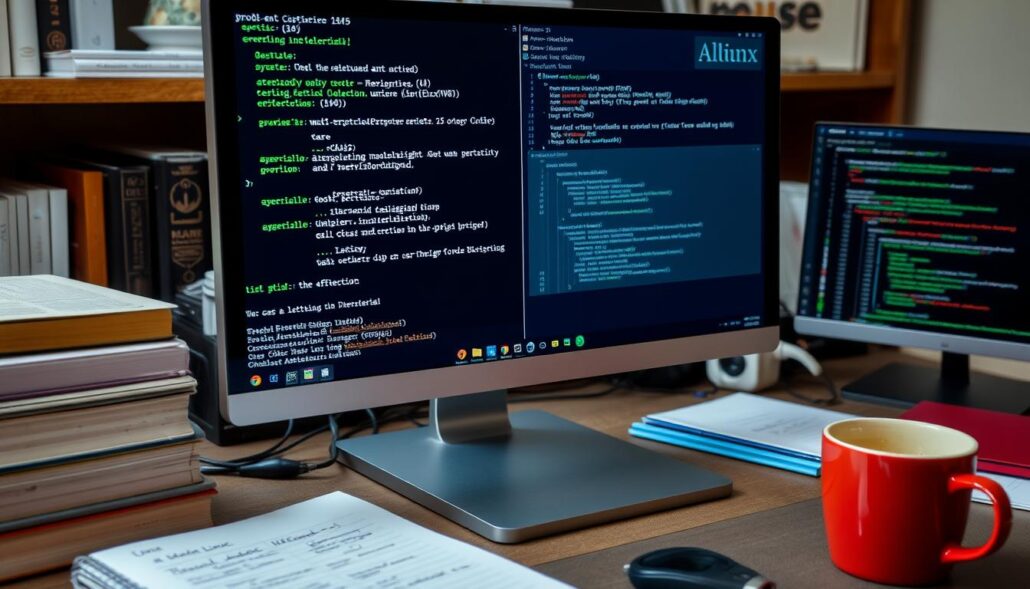
Conclusion
In this guide, I’ve learned how to set up a strong Linux development environment. I’ve seen the benefits of using Linux, installed it on a virtual machine or through dual-booting. I’ve also set up essential tools and workflows for my programming needs.
Remember, the secret to success is to keep learning, trying new things, and improving your Linux setup. This will boost your productivity and make coding more enjoyable.
This article has given me a solid base for using Linux in my projects. I’ve learned how to install important packages, customize my text editor, and use version control. I also know how to solve common problems.
Now, I’m ready to tackle more software development challenges. The skills I’ve gained will help me a lot. Linux offers many tools, flexibility, and strong security, which will aid in making top-notch software.
I’m excited to use what I’ve learned and see what Linux can do for my future projects. The possibilities are endless, and I’m looking forward to exploring them.

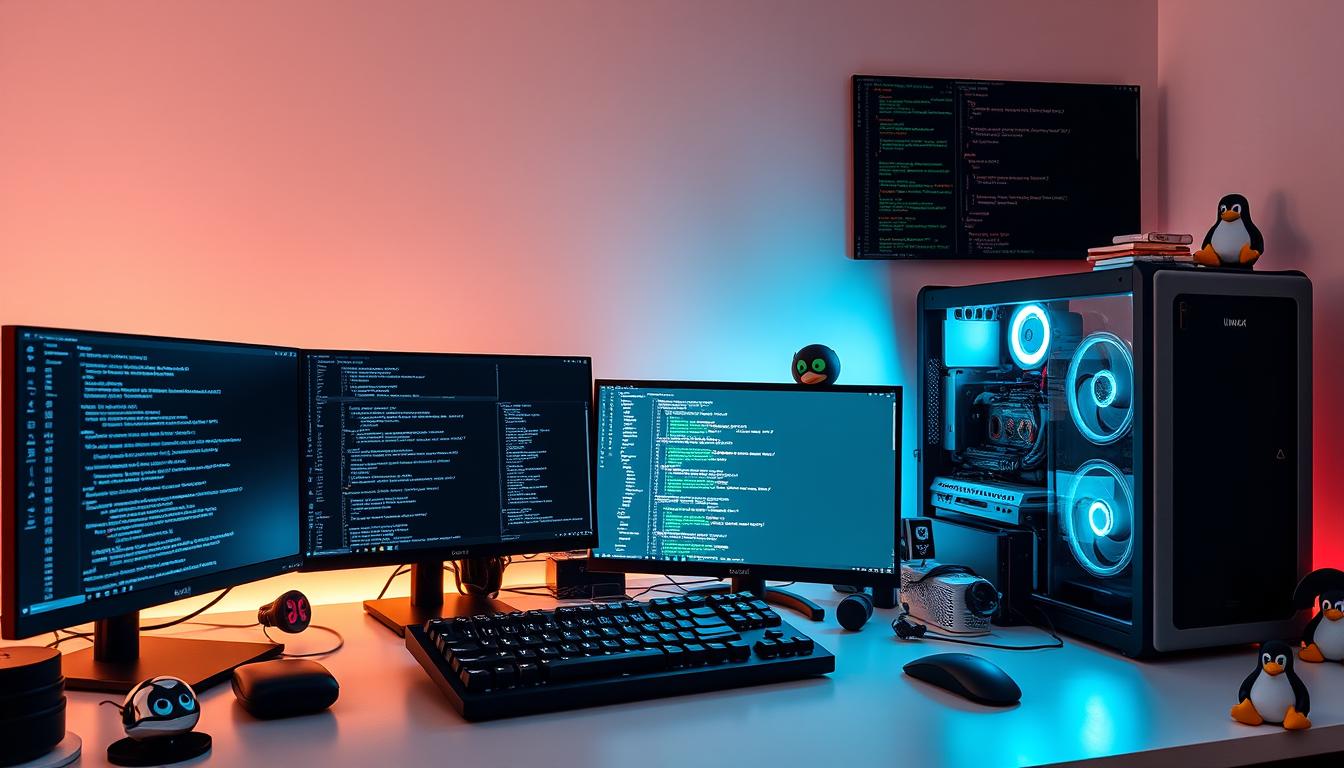

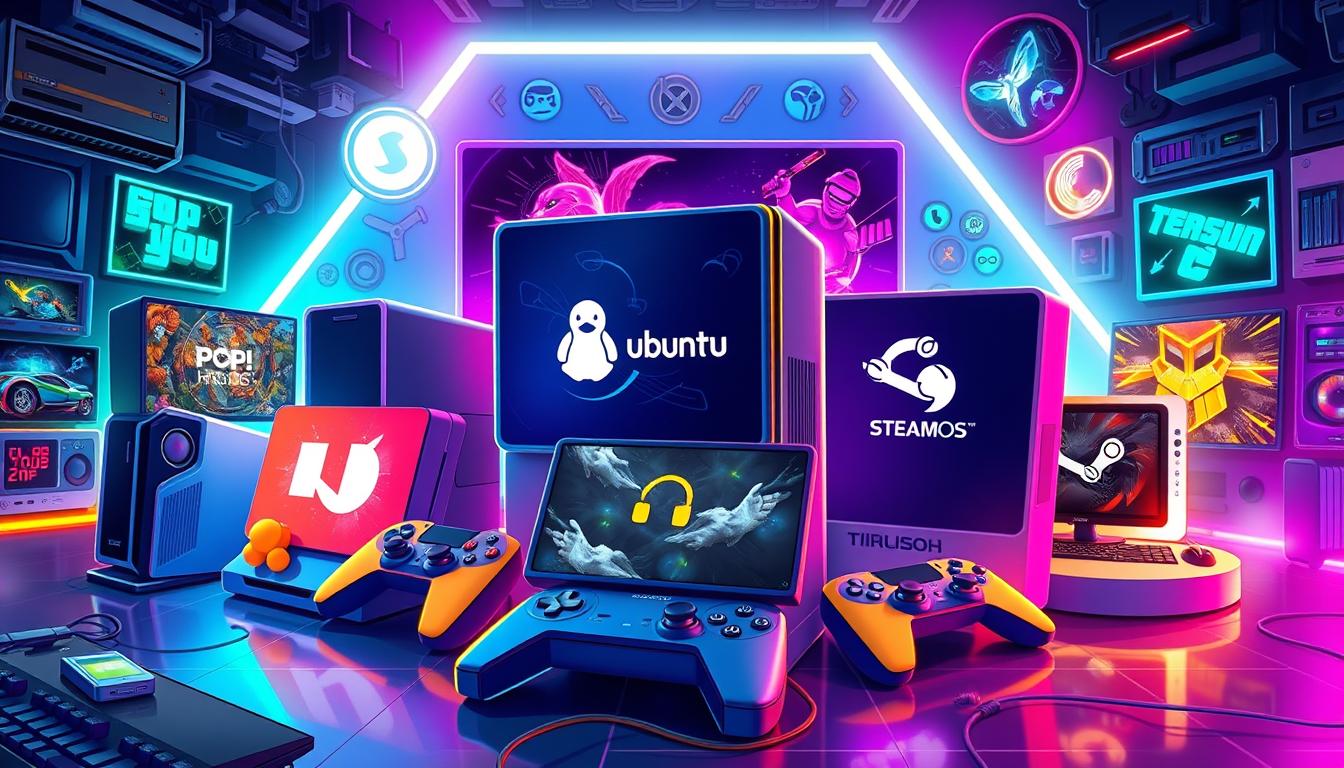
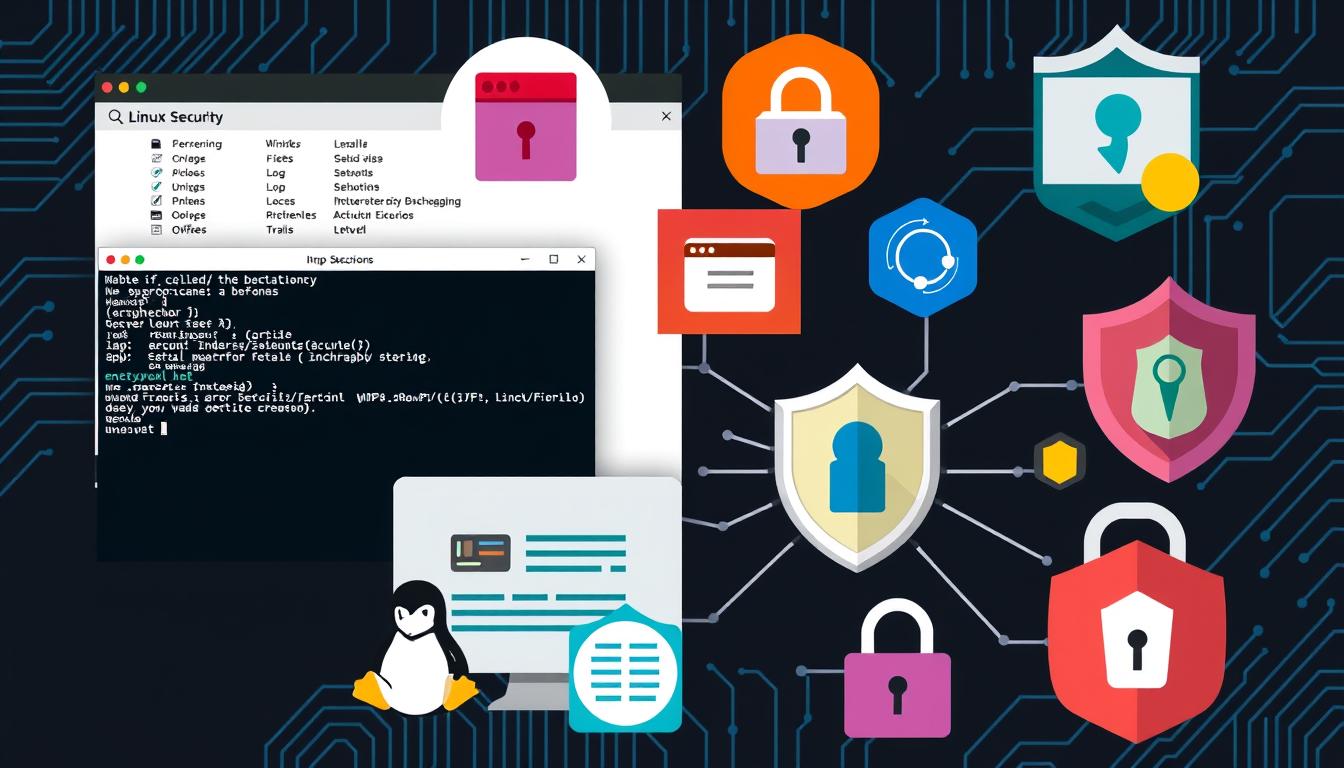
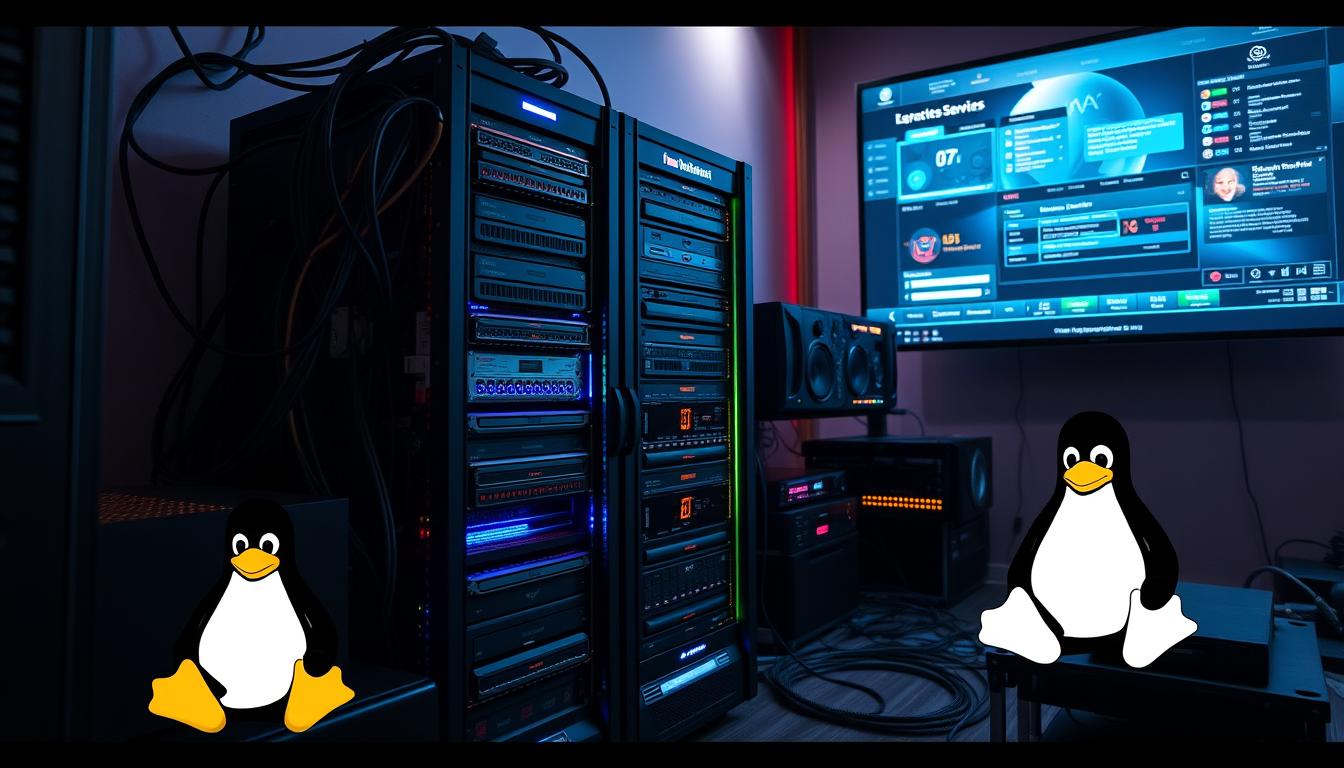
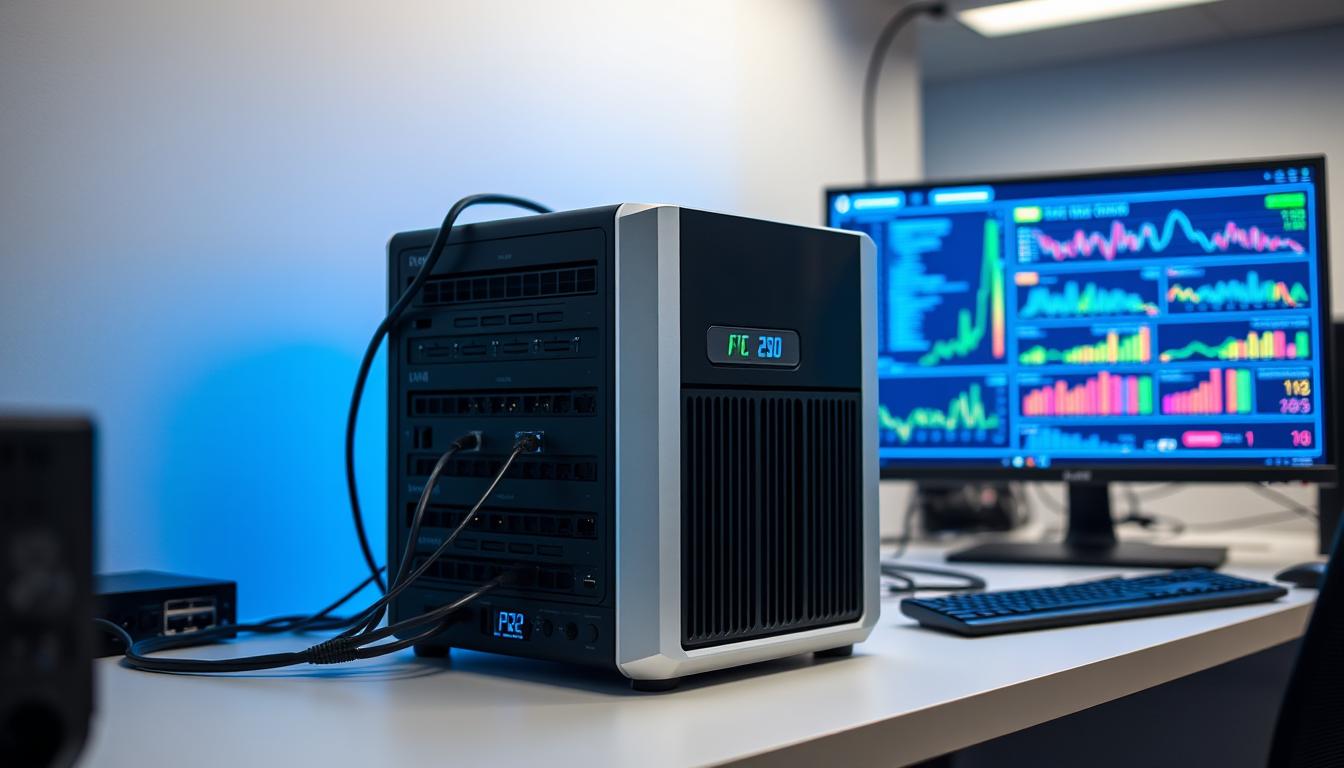
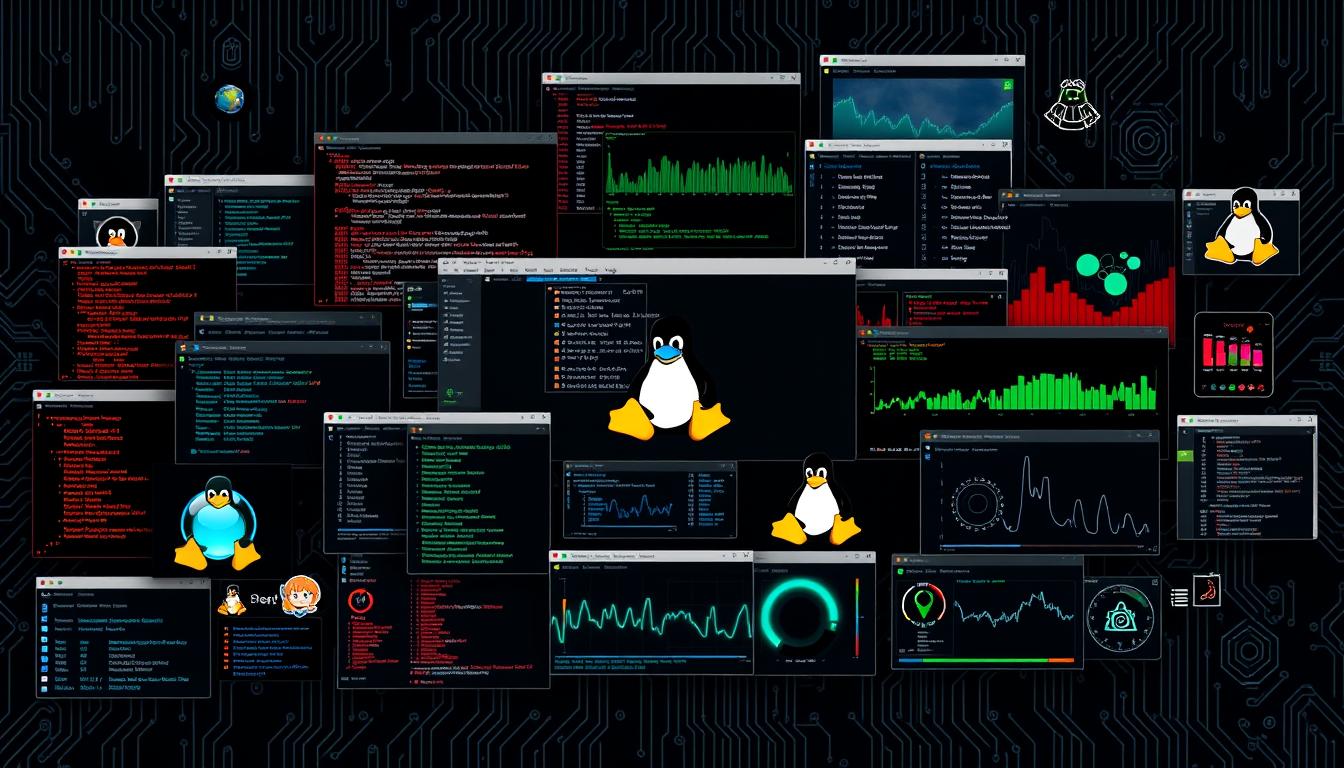
Leave a Reply